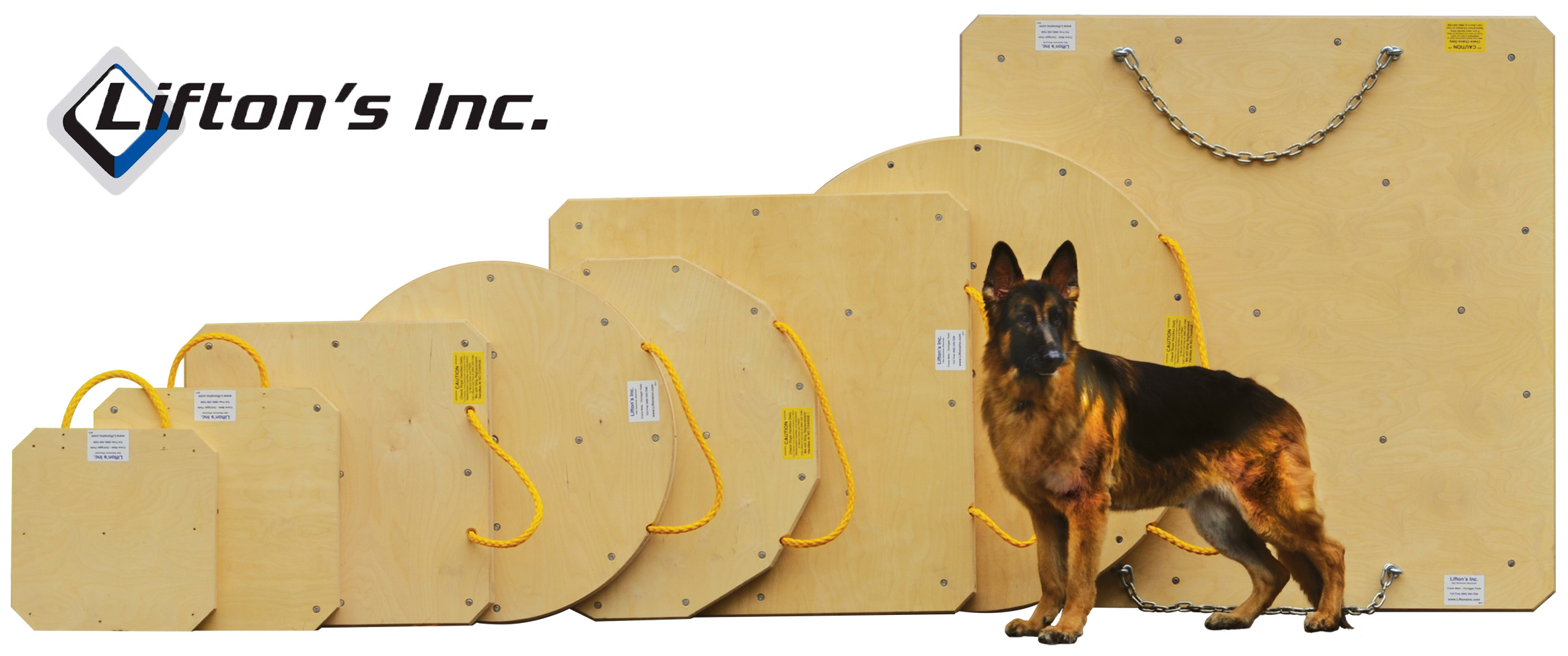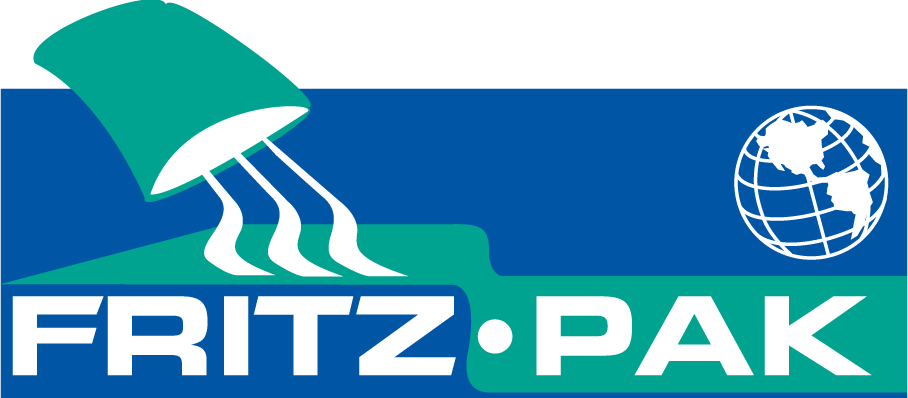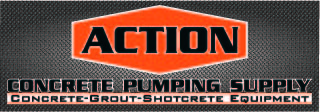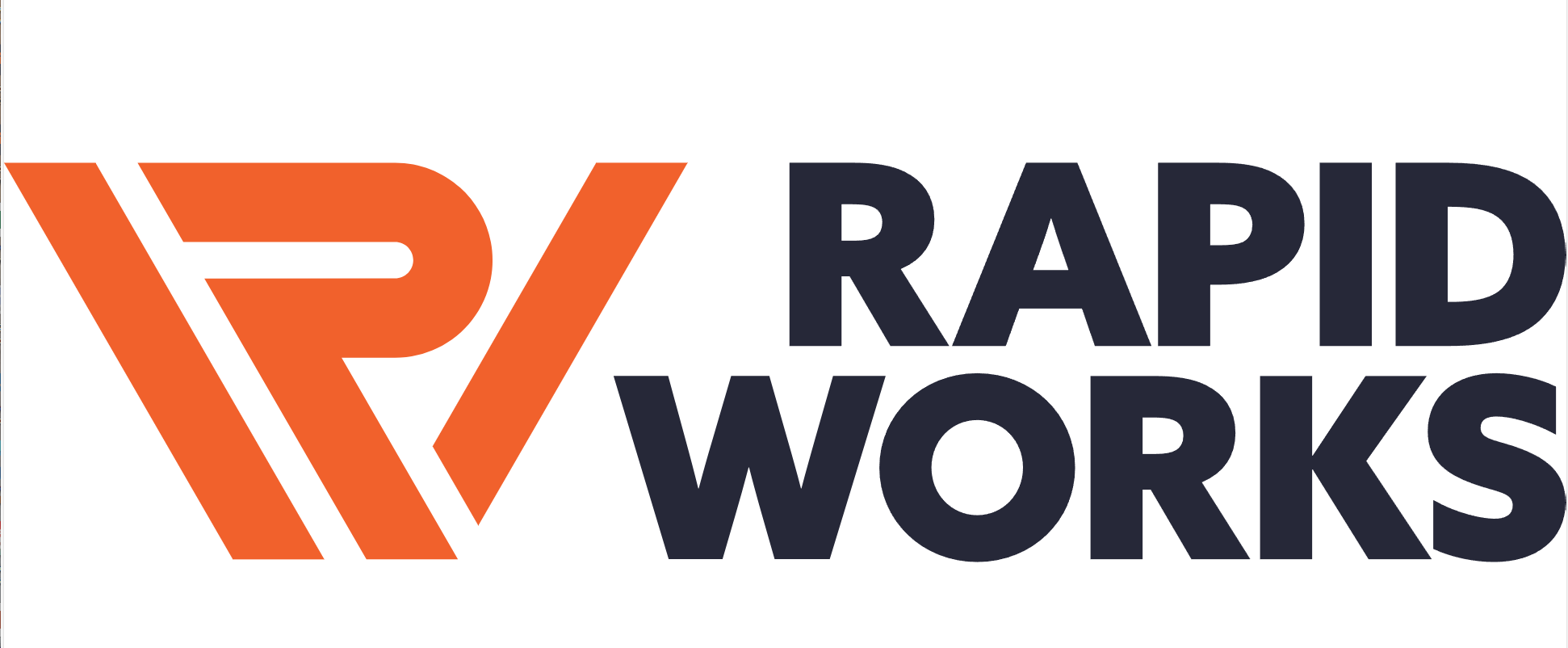| TooTall | 10-01-2008 | comment profile send pm notify |
|
Its been 10 years since Ive trained someone off a line-pump on to a boom. I think I've got the basics covered, Some of its right out of the ACPA study guide. Now I'm looking for some over and above skills and requirements to add to my "check-list" like, Customer service&relations (Do help-out, Dont tell them how to pour) Finding an address in a map-book, Properly completing invoices (COD's) HOW TO USE A GREASE-GUN etc... |
||
| pudg2 | 10-01-2008 | reply profile send pm notify |
|
you'll have to send them to college then obedience school for the grease gun,they never figure that one out |
||
| zuat150 | 10-01-2008 | reply profile send pm notify |
|
Above all teach him how to laugh on the inside so the supers dont feel disrespected when they ask you to do the most ridiculous thing on earth. and the only thing you can do is laugh |
||
| mytfynsunshine | 10-01-2008 | reply profile send pm notify |
|
Be nice to the dispatcher. |
||
| PumperMike | 10-01-2008 | reply profile send pm notify |
|
TT - perhaps a routine sheet they could follow that would get them into sticking with an exact routine for set-up, washout, etc. It seems many of the accidents heard about are from folks breaking that routine. |
||
| Bob | 10-01-2008 | reply profile send pm notify |
|
here is an outline for a routine sheet OPERATOR EVALUATION CHECKLIST Coach must insure all items are explained, understood and accomplished 1. Arrive at yard – rested a. Pre-trip inspection DOT b. Walk around – (YOUR COMPANY NAME HERE) 1. Back end buttoned-up 2. Outriggers locked 3. Remote 4. Sponge c. System check 1. Safety straps (ONE) for each hanging item 2. Pipes, hoses, clamps and special items d. PPE 1. Hard hat 2. Safety glasses 3. Fall protection 4. Safety Vest e. Documentation 1. Registration 2. Over weight permit 3. Insurance card 4. Job ticket (explain terms and conditions on reverse side) 5. Correct drivers license for equipment f. Clean windows & mirrors g. Wear seat belt h. Lights on for safety 2. Driving a. Alert (no distractions) most accidents happen on road b. Follow the rules of the road c. Following distance – differs for road conditions and truck size d. Lane changes signal and plan well in advance e. Be aware of traffic conditions 3. Arrive at job site (check with superintendent or foreman)
a. Ground conditions 1. Soil 2. Underground hazards b. Set-up 1. 3 deg’ level 2. Dunnage (sufficient to transfer download to soil within ACPA specs) 3. Overhead obstructions – cranes (communicate!) 4. Power lines – NEVER operate closer than 17 feet 5. Mixer access 6. Other craft traffic 7. Reach 8. Job site safety hazards c. Prime out 1. Warning to crew – Keep safe distance until prime complete a. Hose whip b. Hose kinking c. Concrete splatter d. Line pressure e. Proximity to boom & system
d. Prime agent 1. Type 2. Amount c. Sequence 4. Pumping a. Plan the pour 1. Communicate with hose man b. Anticipate the move (do not play catch up) c. Hose hugging d. RM truck safe backing e. Crew aware of hose movement f. Things we will not do (why) 1. Boom closer than 17’ to high voltage line 2. Boom over power line NEVER!!! 3. Boom over occupied house * sign ticket 4. Boom thru unsecured joist 5. Boom over moving traffic * sign ticket 5. Moving Location on Job-site a. All considerations of original set up b. Hose whip – Keep boom safe distance from crew c. Concrete batch time 1. Temperature of concrete 2. Admixtures 3. Slump 4. Ambient temperature d. Re-stow boom & outriggers 6. Cleaning boom a. Sponge – suction 1. Retrieve speed 2. Hopper blow back b. Water pressure 1. Water in hopper 2. Washout plug & water pump
c. Air pressure DANGER!!! REQUIRES TWO PROPERLY TRAINED PEOPLE 1. Proper blow out cap 2. Catch basket 3. Danger 4. Use as a method of last resort 7. Cleaning hopper and valve a. Grate – closed b. Eye protection c. Hands never in valve d. Water rationing 8. Moving off site a. Rear end buttoned up B. All gear retrieved c. Ticket signed d. Walk around 1. Dunnage – pads secure 2. System secure 3. Outriggers all locked 4. Remote in cab 5. Call dispatch 9. Return to yard a. Complete all required DOT post trip b. Turn in all tickets & log c. Notify shop of problems d. Check clipboard e. Clear out with dispatch 10. Drive home safely -
|
||
| TooTall | 10-01-2008 | reply profile send pm notify |
|
Thank you Bob. He who shall, So shall He who... and you too TT |
||
| kneerick | 10-01-2008 | reply profile send pm notify |
|
if you think your in trouble you probally already are!don't be afraid to call for help and remember the pump does have an on-off switch |
||











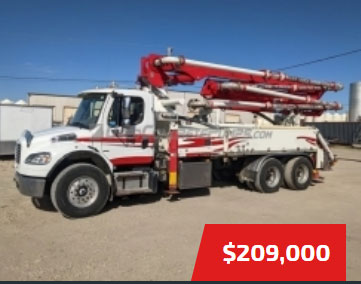

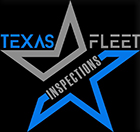


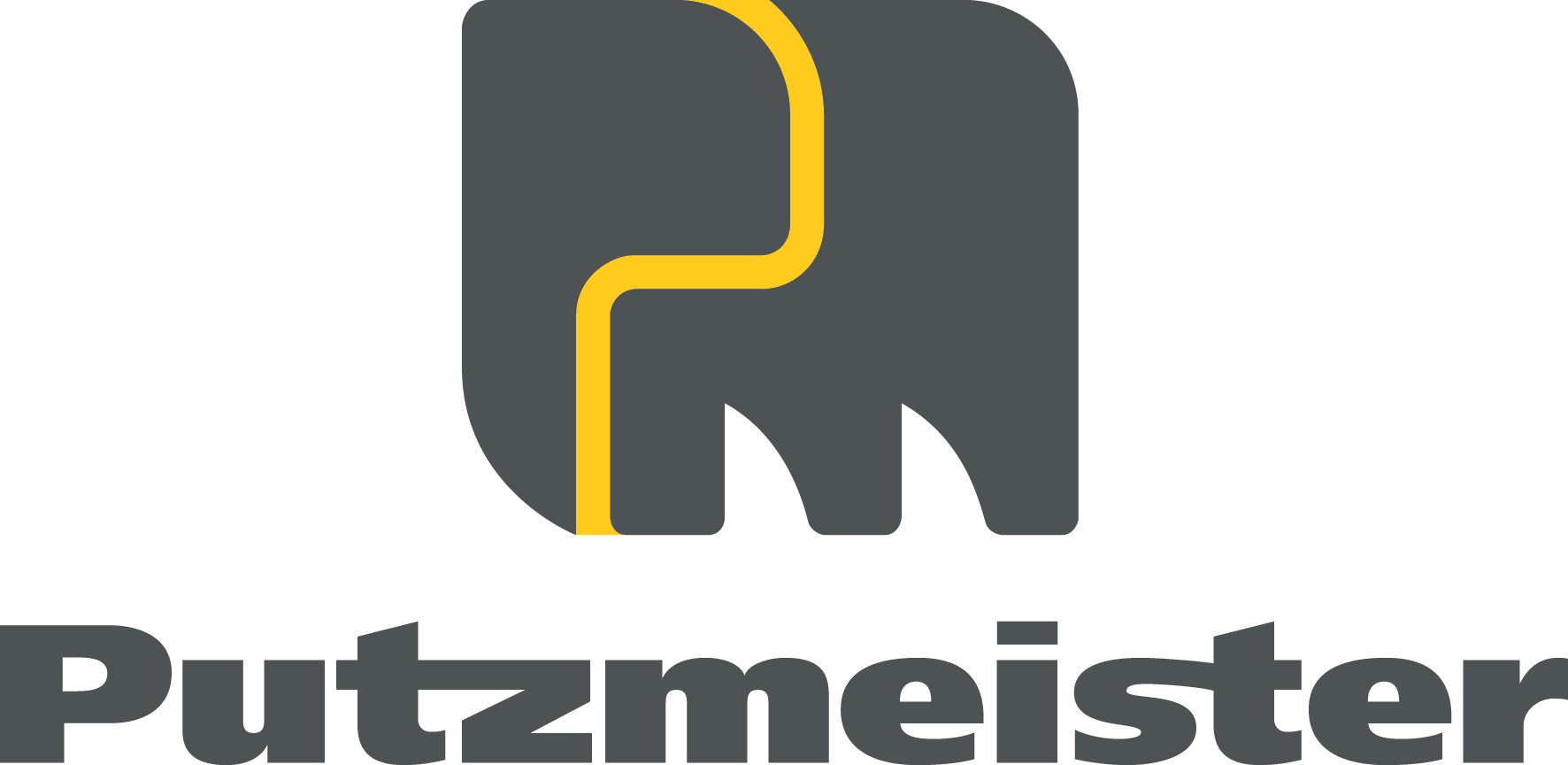



.jpg)
.gif)

.jpg)









.jpg)
